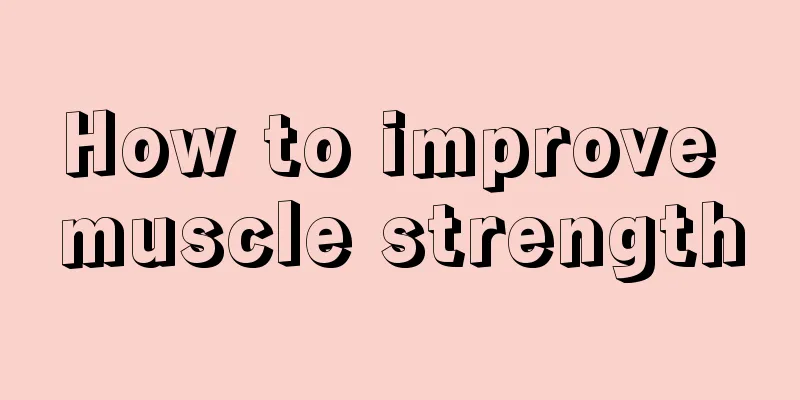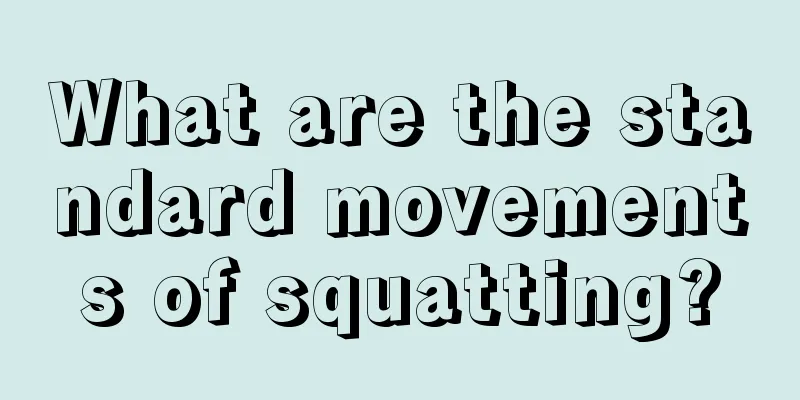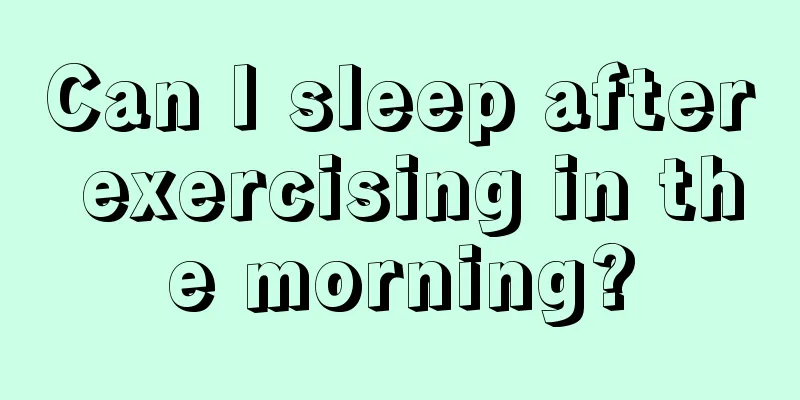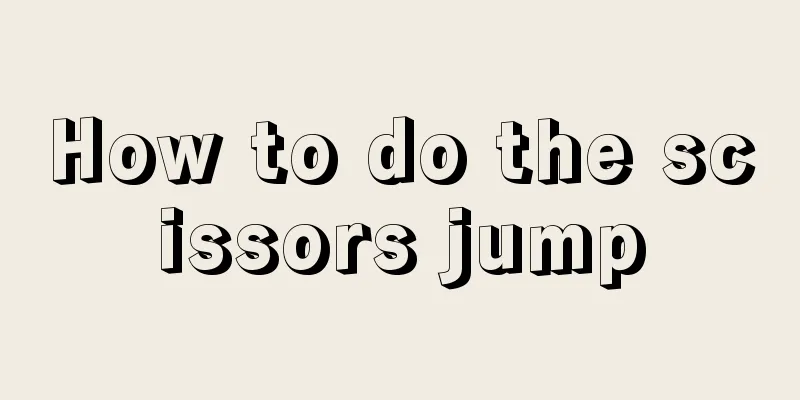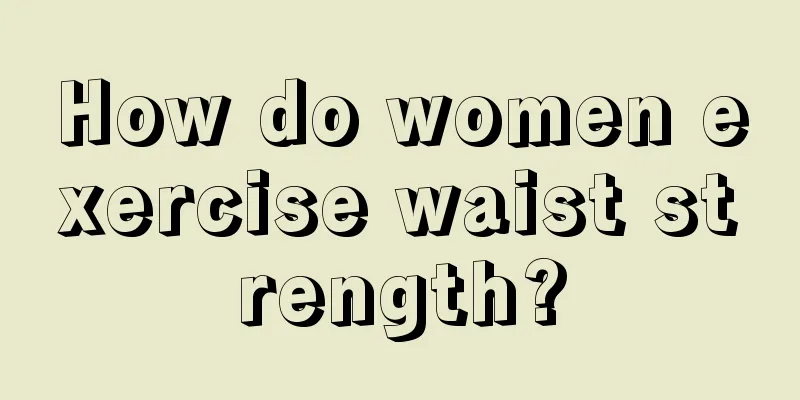How to practice squats
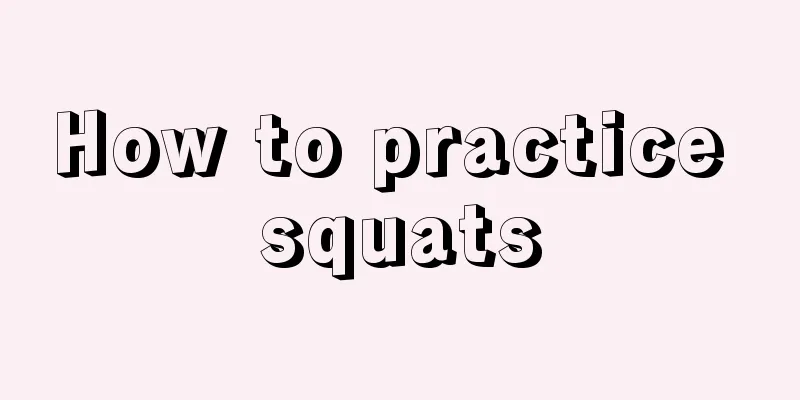
|
Squats are a method of exercise that can activate our whole body. I believe everyone has done squats in previous physical education classes. This type of exercise can not only help us move the joints and muscles of our legs, but also help us lose excess fat in our body, and also help us regulate our body's endocrine system. In short, squats have many benefits, and doing squats regularly is good for the body. So, how to practice squats? Let’s take a look together. Squat training can stimulate the entire lower limb muscles, and there are different ways to squat. 1. Squat jump Very good progression exercise, a very good cardio exercise, squat down and then jump as high as you can. Squat down on the way down. It can be calculated not by the number of actions, but by time. 2. Split squat Place one leg on an elevated object and do a deep squat, also called a Bulgarian squat. If you feel unbalanced during the squat, you can hold on to a wall, such as doing squat jumps for 30 seconds. 3. Barbell Back Squat If you are already comfortable doing freehand squats, then you can try weighted barbell squats. If your back and knee joints are not in good condition, it is best not to do this exercise. Put the barbell on your trapezius muscles instead of on your neck. Keep your head up, chest out, and back straight. Feel like you are going to sit down. Imagine that there is a stool behind your butt and you are going to sit down. Squat as deep as you can, until your thighs are parallel to the ground or deeper. 4. Barbell Front Squat Place the barbell on your collarbone. There are many other ways to place it, such as crossing your hands. It will be all right. When placing the barbell in this way, it is best to move your wrist joints before placing it. When you squat, you will find that compared with the front squat and the back squat, your waist and back will bear greater pressure. At this time, you still need to keep your waist and back straight. 5. Monkey squat This is a very interesting squat that stimulates the hamstrings and buttocks. People with poor flexibility will find it difficult to do this movement. Squat down and grab your ankles or toes, stand up, and repeat. 6. Sumo squat The stance of the sumo squat is very wide, with the soles of the feet facing outward. People with poor flexibility will find it difficult to do this movement and have difficulty maintaining balance. Sumo squats work the inner thighs more strongly than regular squats. 7. Sumo squat jump The movements are the same as those of a normal squat jump, except that the starting position is changed to a sumo position. According to the above introduction, we know that squats are divided into different types. Everyone can choose different squat methods according to their needs, which can better help their training. Moreover, squats are a whole-body training exercise and also have certain risks. Many methods are not suitable for people with heart disease. Therefore, people with heart disease should choose carefully and not train blindly. |
<<: What parts of the body can be reduced by squatting?
>>: How to practice skipping rope
Recommend
Can yoga balls help with childbirth?
Yoga is a very common sport in our lives. In fact...
To make people excited, we need to grasp the frequency
If you work out for three days and then stop for ...
What are the precautions for practicing yoga?
Yoga is sweeping the world with unstoppable momen...
How to train deltoid muscles with dumbbells
I believe everyone must be very familiar with dum...
What are some tips for losing weight through exercise?
Maybe everyone is now looking for various ways to...
4 small exercises can effectively protect human health
In daily life, people are so busy with work and l...
Benefits of Neck Massager
What benefits will using a massager specifically ...
What are the correct postures for running to lose weight?
Many female friends are particularly dissatisfied...
Aerobic and anaerobic exercise
Many people do not understand what aerobic exerci...
What kind of yoga is suitable for women?
It is very beneficial for girls to do some aerobi...
What are the benefits of regular yoga practice?
There are many girls who like to practice yoga. M...
How to build muscle for the whole body
Muscles all over the body need to be exercised to...
The 3 best fruits to eat after running
In recent years, running and fitness have gradual...
Men's Fat Loss Gym Plan
Men's obesity is different from that of women...
How to lose weight on inner thigh muscles
I recently felt that I had too much fat in my thi...
